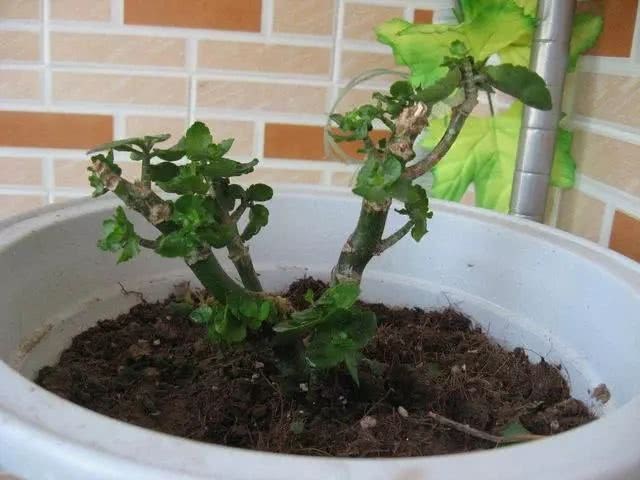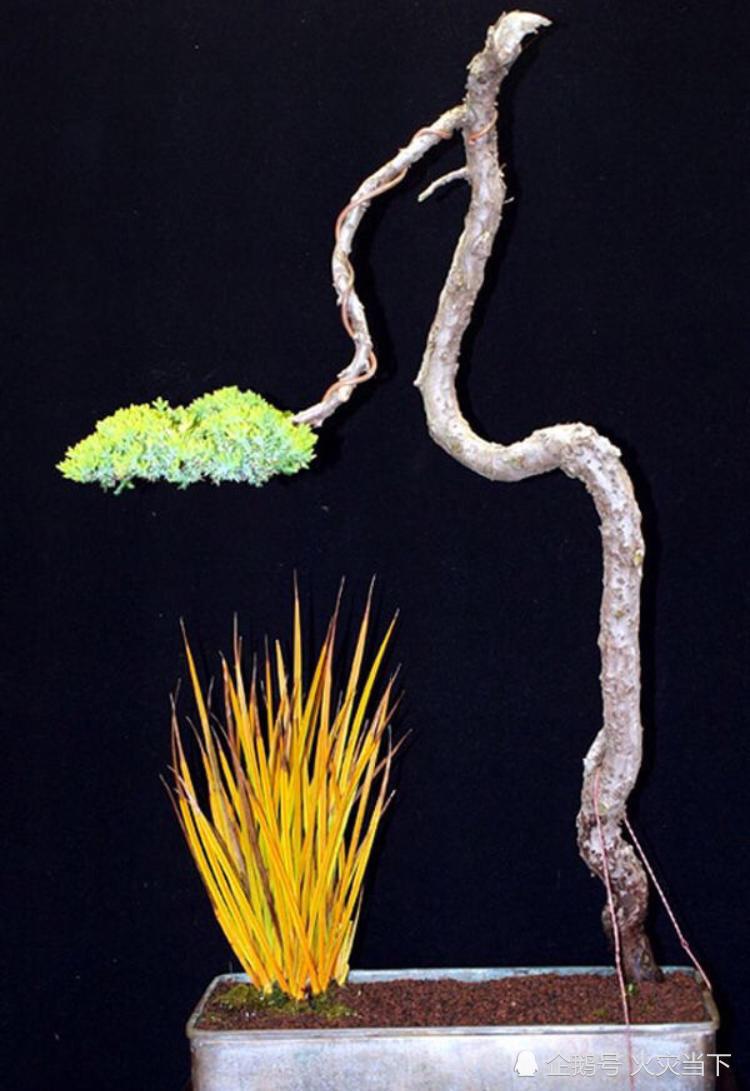Jasmine doesn't blossom? Without spraying phosphate fertilizer and spoon, it will be full of flowers every seven days after January.

A song "Jasmine", fresh and elegant, makes people remember the jasmine, and the jasmine also lives up to expectations. With its beautiful shape and flawless flowers, it has conquered many flower friends. It can be said that more and more people like jasmine. Its flowers smell fresh and natural, and it is refreshing to smell. Whether it is indoor or outdoor, jasmine can be maintained. If jasmine is cultivated, it can bloom three or four times a year. However, it is a pity that many flower friends can not raise jasmine well, especially those in the north. As long as the jasmine bought home has finished blooming the bud it was originally carrying, it is basically difficult to blossom again, so how on earth can we raise jasmine well?
This is the theme we share today:
Jasmine doesn't blossom? Do not spray "phosphate fertilizer" and spoon "it", once every 7 days, full of flowers after January.
Here it actually refers to eggs. I believe flower friends all know that if you want potted plants to blossom more, there must be no less phosphate fertilizer, and eggs are rich in nitrogen and phosphate fertilizer.
We can divide an egg into three parts, that is, eggshell, egg white and egg yolk, then we can raise jasmine. As long as the jasmine is nutritious, it will blossom three times a year.
The wonderful use of eggshells
First of all, we need to collect the eggshell at home, then wash the egg liquid and expose it to the sun for about 10 days, and then we can try to break it, whether you smash, step on, or use a crusher powder, but the more broken the better, then put the eggshell powder into a plastic bucket, and then add white vinegar (salt-free), the added vinegar can soak the eggshell. We just sit back and wait for it to decompose and react. At the beginning, there are some bubbles, and when the bubbles are gone, we can do it.
Growing flowers with such eggshells is not only rich in calcium, phosphorus, magnesium, potassium, manganese and other nutrients suitable for jasmine, but also can adjust the acidity of the soil and maintain the acidity of the soil, which is very important for jasmine, which is originally a flower in the south.
We can decompose the eggshell and vinegar and directly mix it with the basin soil to raise jasmine, or we can dig a few small holes in the jasmine basin, put a spoon in each hole and bury the soil.
The wonderful use of egg whites
Next, let's talk about egg white. Egg white can be mixed with water into a plastic bottle, and then exposed to the sun and fermented. Generally, water can be taken for about 30 days to water the flowers, because fermented egg white mainly contains nitrogen fertilizer. So we generally do not use it in the flowering period of jasmine. Egg white fermentation watering flowers requires a water ratio of 1:20. It is recommended to use it every 10 days. It can make the jasmine send more new branches and the leaves are green.
The wonderful use of egg yolk
The yolk machine is rich in phosphate fertilizer, which is mainly used to promote flowers. this egg yolk is very easy to use. after separating the egg yolk, add some water and stir it fully in a bowl, then pour it into a plastic bottle and ferment it. It usually takes 7 days to ferment. To water the flowers, you need to dig a hole in the flowerpot, pour the egg yolk into it, and then bury it in the soil, one egg yolk at a time, once every 7 days. When it comes to the flowering period of jasmine, it will generally flee the bud after a month, and the effect is particularly good.
This is the main content shared today, jasmine does not blossom? Do not spray "phosphate fertilizer" plus spoon "it", once every 7 days, full of flowers after January.
In fact, if you want jasmine to blossom more, lighting, watering and pruning are all very important. In addition to the high temperature in summer, we can give jasmine sufficient light at any other time. Only when there is sufficient light, jasmine can branch strong leaf green, jasmine likes moisture, but there is no water in the basin. When it is hot in summer, it needs to spray water sooner or later, as long as the jasmine basin soil is wet.
Jasmine needs pruning before and after flowering, pruning during the growing period can promote it to send more new branches, and flower friends also need to cut off the residual flowers in time. If jasmine has been cultivated for 5 years, it needs to be re-cut in order to make it bloom more.
That's all for today's sharing.
Thank you for your reading.
- Prev

Feed this black bean to the longevity flower. A pot of flowers sprang out 150 heads.
Longevity flowers, the flowering period is very long, is a very pleasing to the eye in autumn and winter, many friends have longevity flowers, but do not grow, other people's longevity flowers bloom colorful, green, their own branch.
- Next

The unique and beautiful literati bonsai and creative modeling make people happy
True cypress literati bonsai appreciation Penglai pine old pile literati bonsai creative banyan bonsai appreciation old pile Begonia flower bonsai old pile white cherry bonsai appreciation one out-of-the-box literati banyan bonsai ...
Related
- Wuhan Hospital Iron Tree Blooming Result Was Instantly Frightened by the Gardener Master
- Which variety of camellia is the most fragrant and best? Which one do you like best?
- What is the small blue coat, the breeding methods and matters needing attention of the succulent plant
- Dormancy time and maintenance management of succulent plants during dormancy
- Minas succulent how to raise, Minas succulent plant pictures
- What are the varieties of winter succulent plants
- How to raise succulent plants in twelve rolls? let's take a look at some experience of breeding twelve rolls.
- Attention should be paid to water control for succulent plants during dormant period (winter and summer)
- Watering experience of twelve rolls of succulent plants
- Techniques for fertilizing succulent plants. An article will let you know how to fertilize succulent plants.

